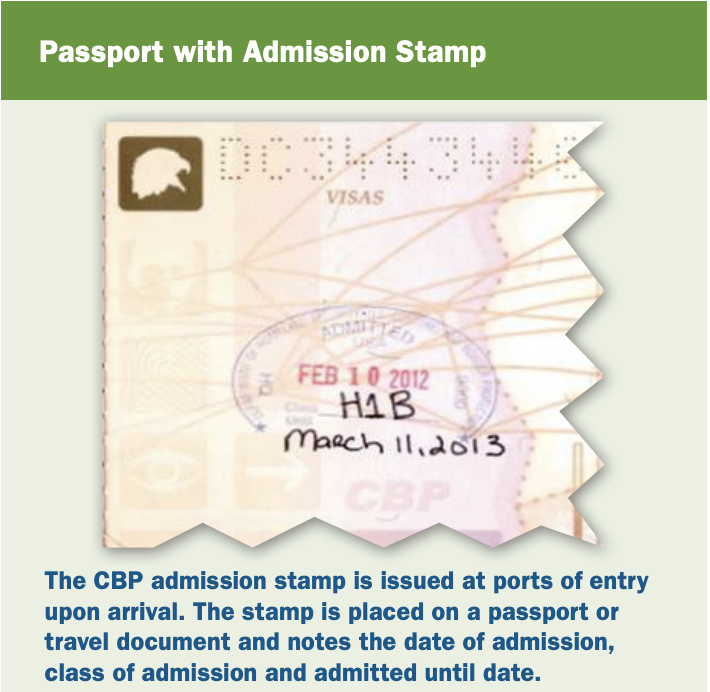-> This article about the online I94 arrival and departure record is part of Documented’s Glossary. We want to make it easier to understand the U.S. immigration system. If you want to know more about different visa types and immigration terms, please check our updated library here.
-> To find useful information for immigrants, such as where to find free food or legal representation, check out our Master Resource Guide.
I-94 is a form used by Customs and Border Protection to track the arrival and departure of people coming to the U.S. who do not have legal permanent status. Filling out an I-94 form is not the same as getting a visa or work authorization; it is a document that states the visitor’s visa status and how long they are permitted to stay in the U.S. Schools, employers or government agencies can ask visitors to produce this documentation to prove that they are visiting the U.S. legally.
Also Read: How to Get a Green Card as an Undocumented Immigrant in the United States
CBP prioritizes electronic I-94 forms instead of granting paper ones. That means that the Department of Homeland Security now gathers and tracks visitors’ arrival and departure information based on their electronic travel records. When a visitor comes to the U.S. through a border crossing, the CBP agent will stamp their passport to indicate that they have entered lawfully. The agent will also write down the date that the visitor must exit the country. If a visitor enters by land, as opposed to air or sea travel, they may also receive a paper card of their arrival/departure record.
This form is stored online and can be retrieved at any time through the CBP website. To check an I-94 and an arrival/departure history, a visitor will need to list their name, date of birth, passport number or alien number and country of citizenship. A printed out version of this I-94 record is valid. A visitor can also check the travel history for expired passports.
The I-94 form information should match the departure date that an entry officer stamps on a visitor’s passport or other travel documents. But, because one of these methods is manual and the other generated electronically, mistakes can happen.
“If you received an electronic I-94 upon arrival by air or sea or land and depart via land, your departure may not be recorded accurately,” CBP states. If a visitor’s I-94 is incorrect, CBP encourages them to “visit a local CBP Deferred Inspection Site to have his or her admission corrected.” A list these sites can be found here.

A person’s visa may have a different expiration date than what is written on the I-94 form. If that is the case, prioritize the date that is on the I-94 form. When a visitor leaves the U.S., CBP officers will read the I-94 form to confirm that they did not overstay. If someone does stay longer than the time allotted on their I-94 form, their visa will be considered out of status. This could be cause for deportation or criminal charges.
“If you’re arriving at a land border port of entry, you can optionally apply online for a provisional I-94 one week or less before your arrival date. Applying for a provisional I-94 costs $6, but can streamline the arrival process and minimize the time you spend waiting in line at the border,” states Boundless, an immigration tech company that helps with green card applications.
Also Read: What Happens if You Overstay Your Tourist Visa Due to Covid-19?










